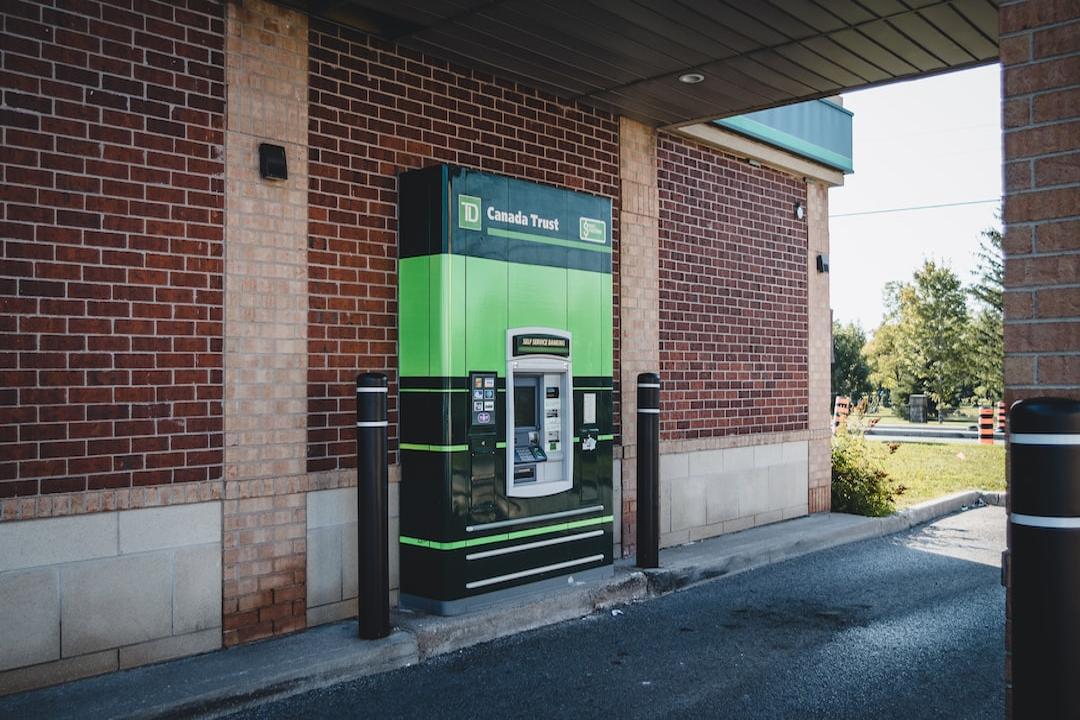Good news, the ZRO airdrop is now available for claiming.
The bad news is that it requires a fee to claim.
Previously, there were doubts about the low quantity of Layerzero airdrops in the market. Many people expressed their frustration, as they had put in a lot of effort but the amount seemed insufficient. It felt like an “insulting airdrop.”
And now, this insult seems to have occurred twice.
On the evening of June 20th, Layerzero announced that the ZRO airdrop can be claimed, but it’s not for free:
Users must donate 0.10 USDC, USDT, or native ETH for each ZRO token they want to claim.
LayerZero calls this a new claiming mechanism called Proof-of-Donation, and they will donate up to $18.5 million to the Ethereum developer collective funding mechanism, Protocol Guild.

Putting aside the transparency and purpose of the donations, from a user’s perspective, this rule can be interpreted as follows:
If you want to claim the airdrop, you have to pay.
This is unprecedented in the world of cryptocurrency airdrops.
We have seen various scams like rug pulls, empty whitepapers, and “sorry, we failed” scenarios happening behind the scenes. However, openly charging a portion of the airdrop as a donation is truly unheard of.
So, Airdrop to Earn has become Pay to Earn.
Forced donations, a stark contrast.
What’s even more emotionally challenging is the “history review” section on the Layerzero official website before claiming ZRO.
Before claiming ZERO, the website presents a year in review section, similar to what Chinese internet companies often do. It displays heartwarming messages like “You used omnichain for the first time on X date” and “You interacted X times,” making you reminisce about the hard times you spent interacting with anticipation for good results.
The review itself is fine, but when compared to the donation requirement on the final claiming page, it becomes somewhat disheartening.
It feels like all your previous efforts in interacting have increased the financial burden of the donation when you finally claim the airdrop.

Bulk harvesting? Creating high-quality accounts? Multiple chains at once?
No problem, the joke is on you.
Until the last moment, you won’t know what restrictions are in place on the claiming page. Following industry norms, you might think it’s just a slightly unfair distribution rule for the airdrop quantity. After all, it’s hard to satisfy everyone.
But the design of paying to claim the airdrop is something you wouldn’t have expected. However, the project team might have planned it long ago but couldn’t reveal it until the last step. It’s merely a way to increase your sunk costs.
Here, the claiming rules defined in the smart contract become a thorn in the side for many opportunistic individuals. Sorry, there’s no way to change it. The contract is already set, and if you want to claim, you have to make a donation.
It’s not that donations are bad, and it’s not that people don’t have good intentions. It’s just that this design seems forcefully malicious, easily leading people to perceive “donation” as “snatching.”
Airdrop tax, robbing the rich and the poor
If we abstract the donation button, it can be understood as an “airdrop tax.”
The project rewards you for your interaction, but the amount of the reward is determined by the project team. At the same time, no law prohibits the project team from deducting a portion of the reward as a tax for other purposes.
The project team says, “I reward you with an airdrop, and it’s already great. What’s wrong with imposing a tax?”
From the project team’s perspective, this is reasonable, even greedy. But from the perspective of the general users, it seems like the project is taking itself too seriously.
For large holders and bulk harvesters, if each ZRO requires a donation, then the amount they have to pay is significantly higher. But even small holders are not exempted; under the 0.1 design, everyone is equal, robbing the rich and the poor.
Some users even mentioned on Twitter that the donation tax they were charged was not strictly based on 0.1 per token, but they ended up paying more. It’s outright robbery.
Coupled with the skyrocketing gas fees during the airdrop period, small holders may feel like they made some profit but not entirely, or even feel deceived.

Will you still eagerly harvest airdrops in the future? As for those studio-level airdrop hunters, they need to carefully calculate their cost-benefit ratio and minimize their costs as much as possible. After all, no one can predict what the tax rate for donations will be.
Airdrop harvesting has gone from the golden age of huge profits to internal competition.
Users are flooding in, and if you don’t interact, someone else will. On the other hand, the rewards from projects are decreasing, and there’s even a tax imposed.
As the saying goes, the future is already here, it’s just not evenly distributed.
Layerzero’s pay-to-claim ZRO is the first, but it definitely won’t be the last.
In the future, project teams may use more gentle tax rates, more circuitous excuses, and grander narratives to take a portion of the airdrop you have already received. As participants in the market and acceptors of the rules, you may have no other choice.
Want to collectively boycott this behavior by not interacting? In a decentralized and diverse motivation-driven crypto forest, it becomes even more challenging.
Lower your expectations, balance your gains and losses. There’s no such thing as a free lunch, and in the future, there might not be free airdrops either.
Subscribe to Updates
Get the latest creative news from FooBar about art, design and business.

